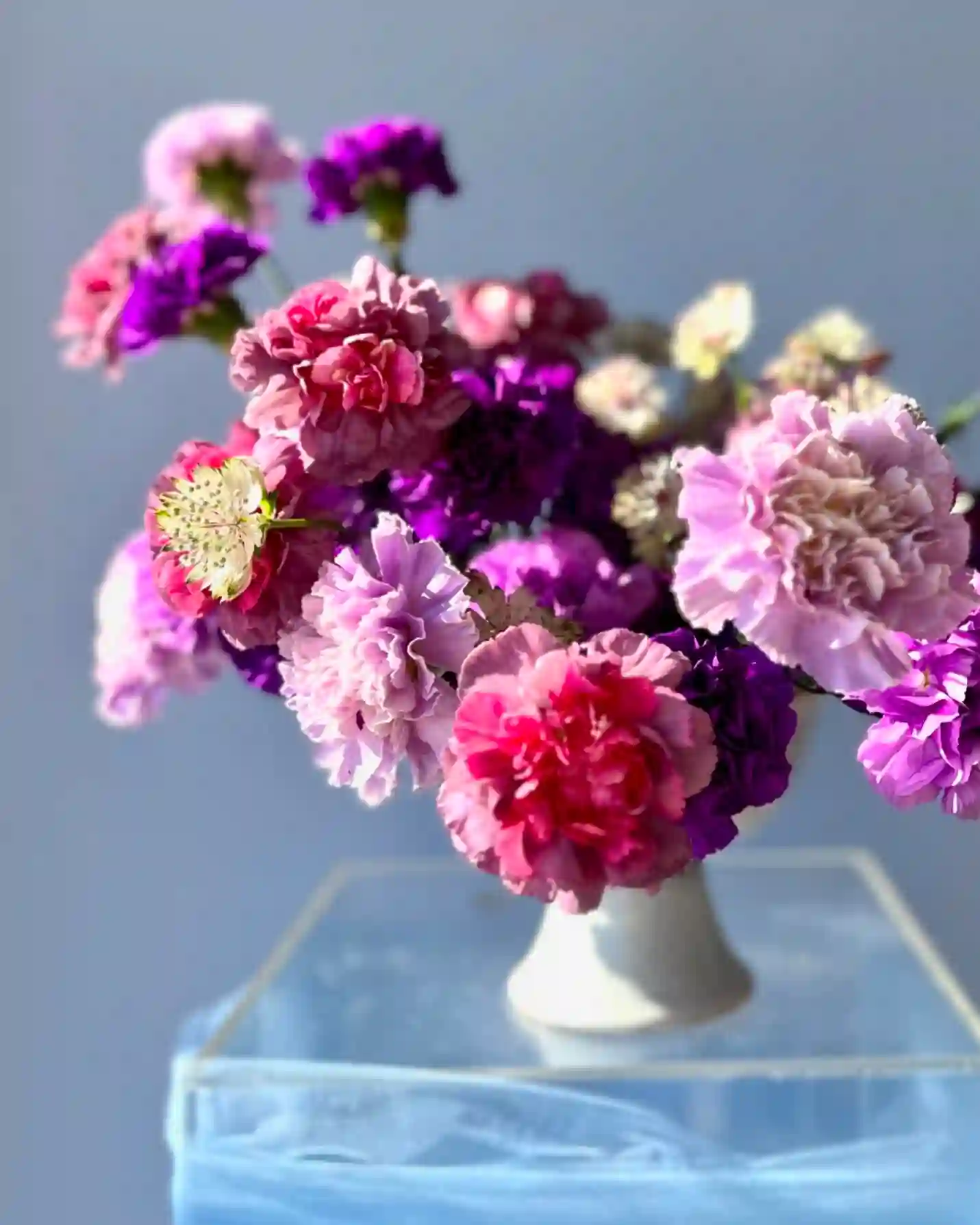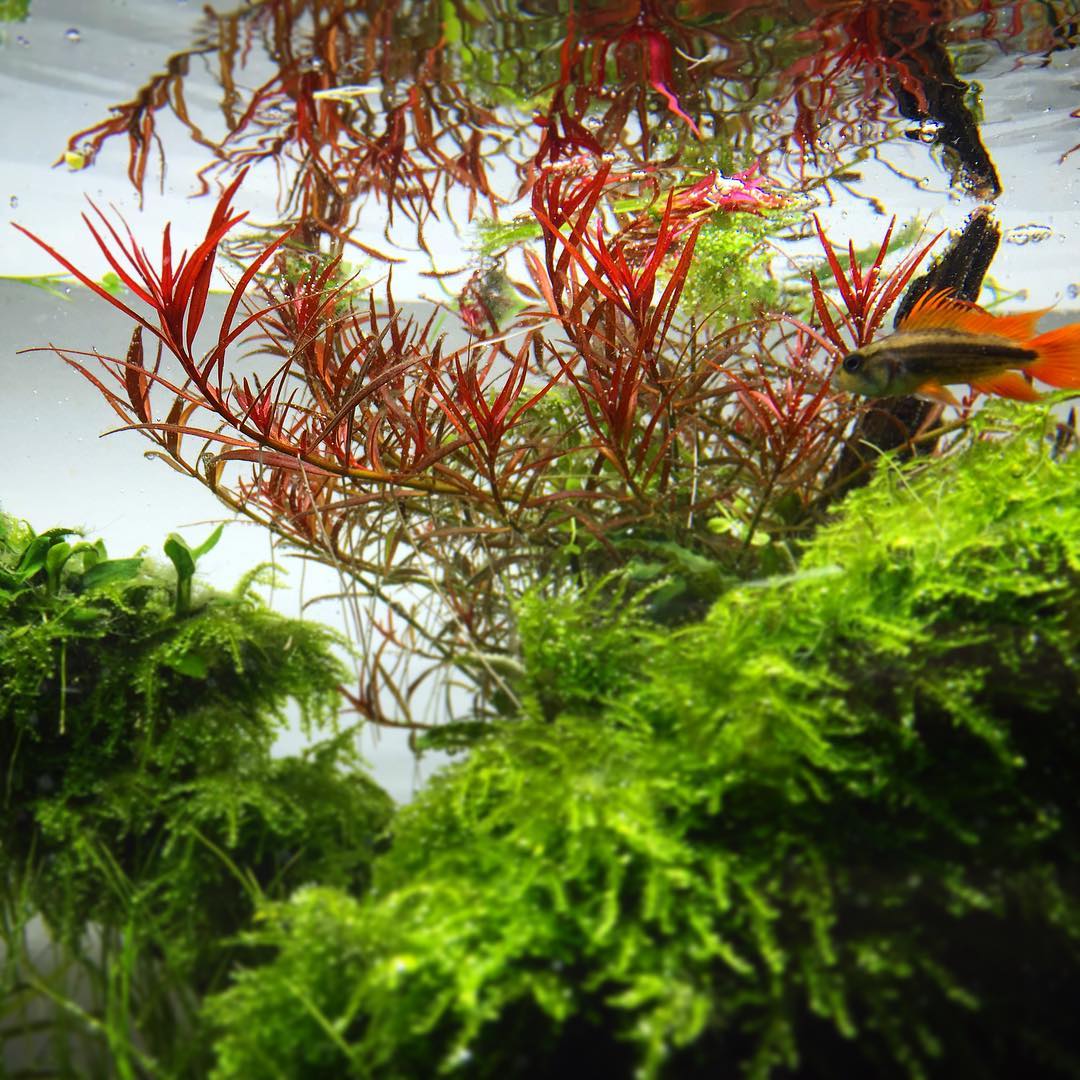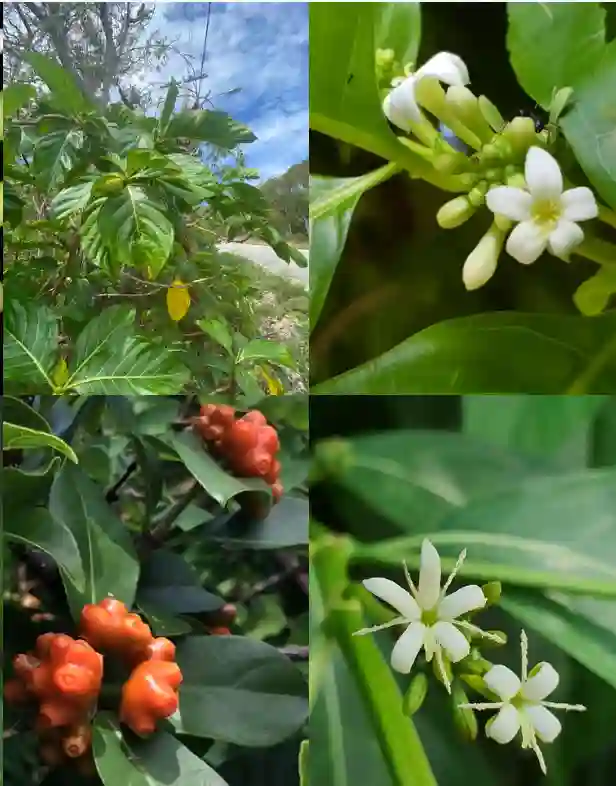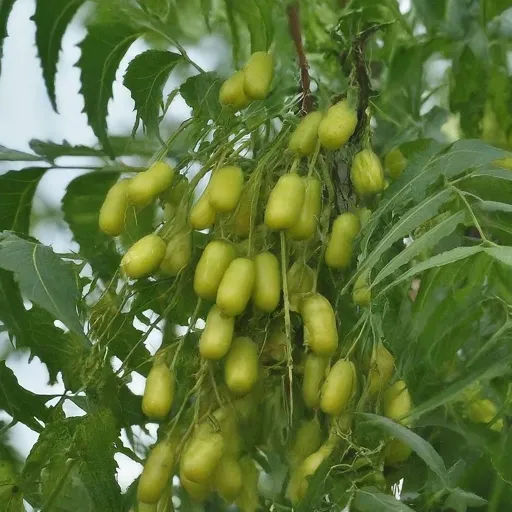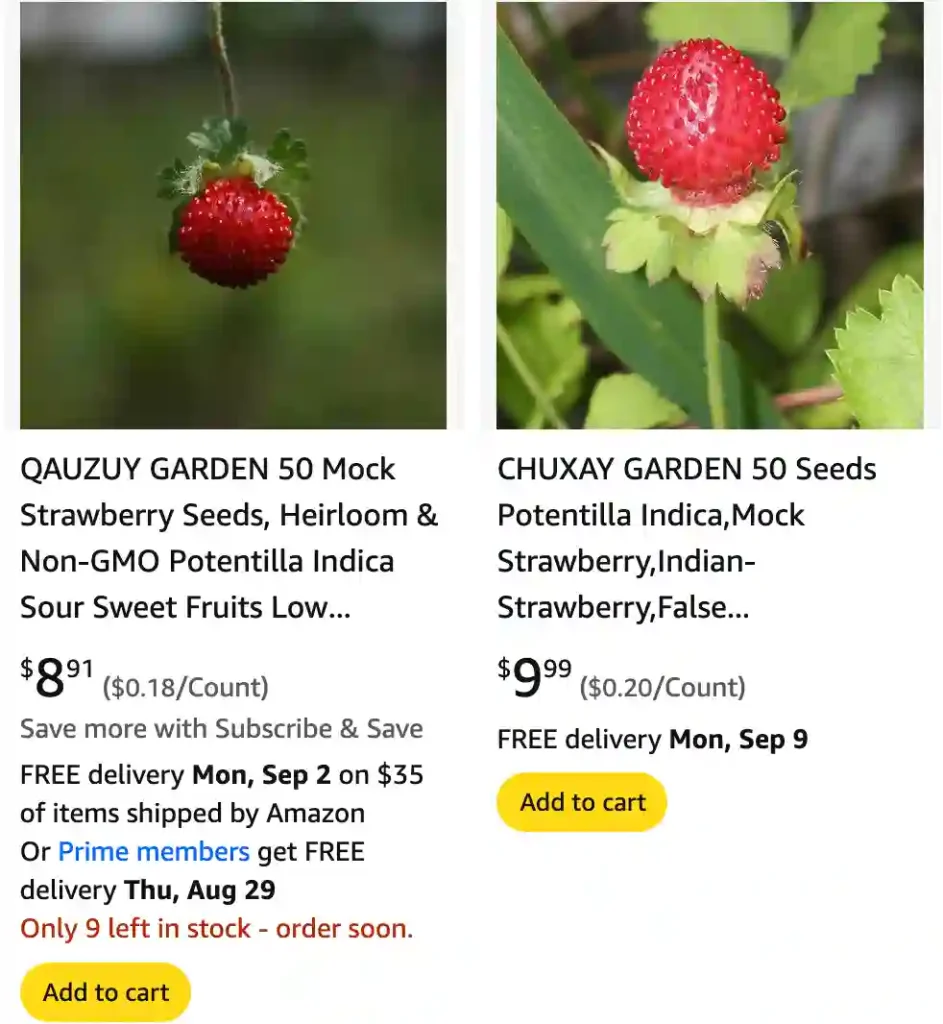
FAQs About Potentilla Indica
I’ve had quite a bit of experience with Potentilla Indica, also known as Indian Strawberry, and I’ve gathered a lot of information that might help others curious about this plant. Here’s a comprehensive guide to some frequently asked questions about Potentilla Indica.
557 Species in Genus Potentilla – Cinquefoil
Can You Eat Potentilla Indica?
Yes, Potentilla Indica is technically edible. The plant produces small, red, strawberry-like fruits that are edible. They have a mildly sweet taste but are not very flavorful compared to real strawberries. Despite being edible, they are not commonly eaten due to their small size and bland taste. They are more often used for ornamental purposes rather than as a food source.
Is Potentilla Indica Edible?
Potentilla Indica is indeed edible, but with some caveats. The fruit is safe to consume in small amounts, but it’s not typically used in cooking or recipes due to its lackluster flavor. Some people might use the fruits in jams or as a garnish, but they are not a significant food crop.
Is Potentilla Indica Poisonous to Dogs?
No, Potentilla Indica is not known to be toxic to dogs. While dogs might munch on the leaves or fruit, it’s not harmful to them. However, if your pet shows any unusual symptoms after consuming the plant, it’s always a good idea to consult a veterinarian.
Is Potentilla Indica Poisonous?
Potentilla Indica is not considered poisonous to humans or animals. The plant is generally safe and does not have harmful effects if ingested in small quantities. It’s always good practice to avoid consuming large amounts of any plant that is not well-known for its edibility.
Are Potentilla Indica Edible?
As mentioned earlier, Potentilla Indica fruits are edible but not particularly desirable. The plant itself is more valued for its ornamental qualities rather than its culinary uses. If you’re looking for edible plants, you might want to consider more flavorful options.
How to Get Rid of Potentilla Indica?
Potentilla Indica can be quite invasive, so managing it can be a challenge. To get rid of this plant, follow these steps:
- Manual Removal: Pull out the plants by hand, making sure to remove the entire root system to prevent regrowth.
- Mulching: Apply a thick layer of mulch to smother the plant and prevent it from receiving sunlight.
- Herbicides: Use a non-selective herbicide, but be cautious about using it around other desirable plants.
- Regular Maintenance: Regularly check your garden and remove any new growth promptly.
Potentilla Indica vs Wild Strawberry
Comparing Potentilla Indica with wild strawberries is quite interesting. Both produce small, red fruits, but there are key differences:
- Appearance: Potentilla Indica fruits are smaller and more spherical compared to the conical shape of wild strawberries.
- Flavor: Wild strawberries are much sweeter and more flavorful than Potentilla Indica fruits.
- Growth: Wild strawberries tend to spread more aggressively through runners, while Potentilla Indica grows more upright and is less invasive.
What Is Potentilla Indica?
Potentilla Indica, commonly known as Indian Strawberry, is a perennial plant from the Rosaceae family. It is native to parts of Asia and is often grown for its attractive foliage and small red fruits. The plant is commonly used in landscaping due to its low maintenance and ornamental value.
How to Care for Potentilla Indica?
Caring for Potentilla Indica involves:
- Light: This plant thrives in full sun but can tolerate partial shade.
- Soil: It prefers well-drained soil and can adapt to various soil types.
- Watering: Regular watering is essential, especially during dry periods, but avoid waterlogging.
- Fertilization: A balanced fertilizer can be used to promote healthy growth.
How to Propagate Potentilla Indica?
Potentilla Indica can be propagated through:
- Seeds: Sow seeds in well-drained soil, keeping them moist until germination.
- Division: Divide established plants in early spring or fall to propagate new plants.
What to Plant With Potentilla Indica?
Potentilla Indica pairs well with other low-growing, ground-cover plants. Consider planting it alongside:
- Creeping Thyme: Adds a complementary texture and blooms well.
- Sedum: Offers contrasting foliage and drought resistance.
- Hostas: Provides a contrast with its larger leaves and shade tolerance.
Can You Grow Potentilla Indica Indoors?
Growing Potentilla Indica indoors is possible but not ideal. The plant prefers outdoor conditions with ample sunlight. If grown indoors, it will need a bright, sunny spot and consistent care to mimic its natural environment.
Benefits of Potentilla Indica
Potentilla Indica offers several benefits:
- Ornamental Value: Its attractive foliage and red fruits enhance garden aesthetics.
- Low Maintenance: It’s relatively easy to care for and doesn’t require extensive attention.
Common Problems with Potentilla Indica
Some common issues include:
- Invasiveness: It can spread aggressively if not managed properly.
- Pests: Watch for common garden pests like aphids and spider mites.
Compare with Other Plants
Potentilla Indica is often confused with other ground-cover plants. It is important to distinguish it from:
- Creeping Charlie: Known for its invasive nature and distinct purple flowers.
- Wild Strawberry: A more desirable fruit-bearing plant with a sweeter taste.
By understanding these aspects, you can better manage Potentilla Indica in your garden and make informed decisions about its care and use.
If i die, water my plants!
